Manipur: The Last Hindu Bastion in Northeast India and the question of its leadership
OPINION & ANALYSIS
Nestled in the farthest reaches of India’s northeast, Manipur stands like a sentinel, quietly guarding a tradition that has shaped its essence for millennia. In a region where faiths have shifted and political winds have blown strong, Manipur endures—a place where Sanatana Dharma still finds sanctuary. While much of the Northeast embraced Christianity through colonial missions, Manipur, and particularly its Meitei community, kept alive an unbroken spiritual thread, woven with Vaishnavite devotion and indigenous practices.
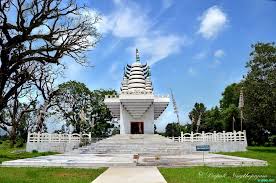

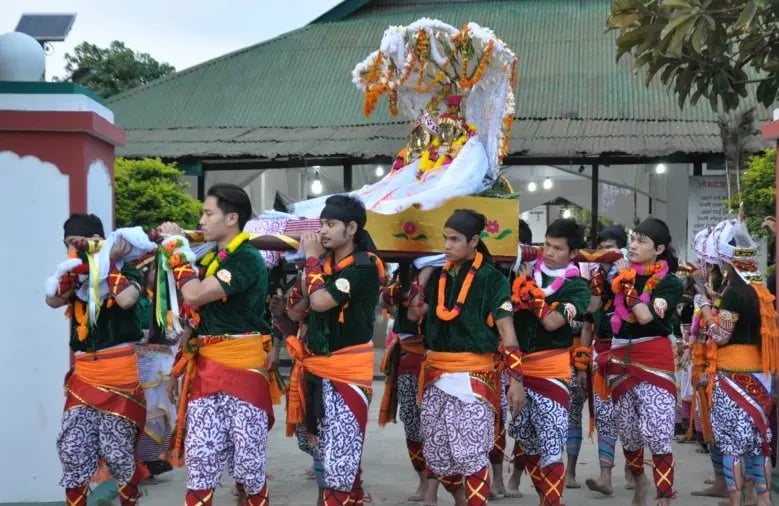

Manipur’s Distinct Religious Landscape
Unlike its neighbouring states—Nagaland, Mizoram, and Meghalaya—where Christian populations soar above 80%, or Assam, where shifting demographics continually redraw the social fabric, Manipur maintains a distinct Hindu majority in its Imphal Valley. Here, the ancient traditions of the Meiteis blend Vaishnavism with older Sanamahi roots. The temples of Shri Govindaji and the rites of Lai Haraoba are not just symbols of faith—they are the living pulse of a people who have resisted the dilution of their identity for generations.
The state’s Hindu heritage, dating back to the 18th century reign of King Garib Nawaz, has weathered the tides of colonial rule, missionary zeal, and contemporary upheavals. But this bastion is no longer sheltered. It is besieged by demographic shifts, narcotic networks, ethnic unrest, and the politics of division.
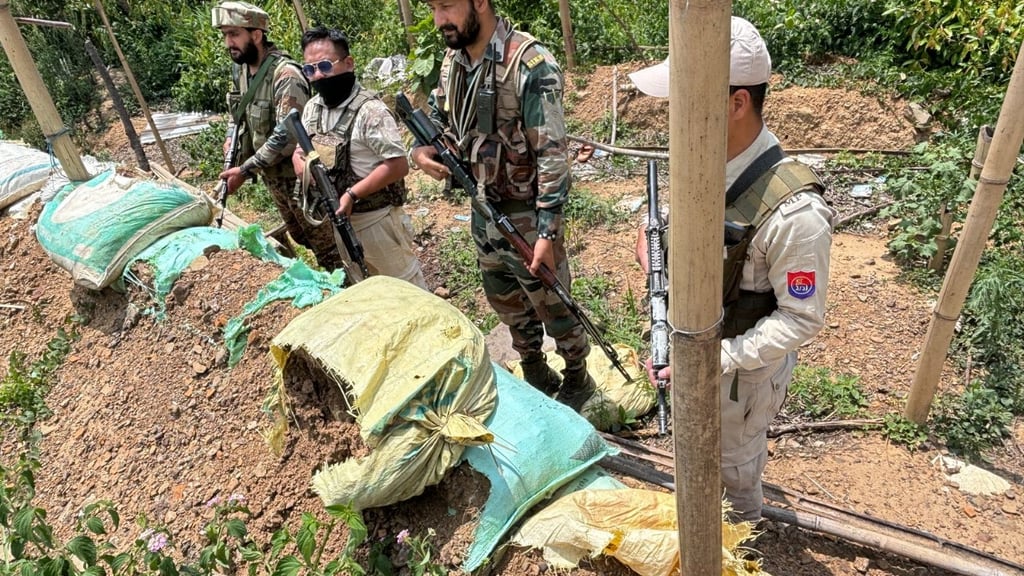

Cultural Integrity Under Strain
Manipur’s hill-valley divide is not only geographic but increasingly ideological. While the Meiteis remain predominantly Hindu, the Kuki-Zo and Naga communities of the hills are largely Christian. Calls for separate administrations and ethnic homelands threaten to fracture a delicate unity. The 2023 ethnic conflict was more than a tragic eruption—it was a signal flare, warning of deeper fissures within.
Further, Manipur’s proximity to Myanmar and its porous borders invite both illegal migration and the narcotics trade. The consequences are not merely economic—they endanger the state’s cultural and demographic balance.
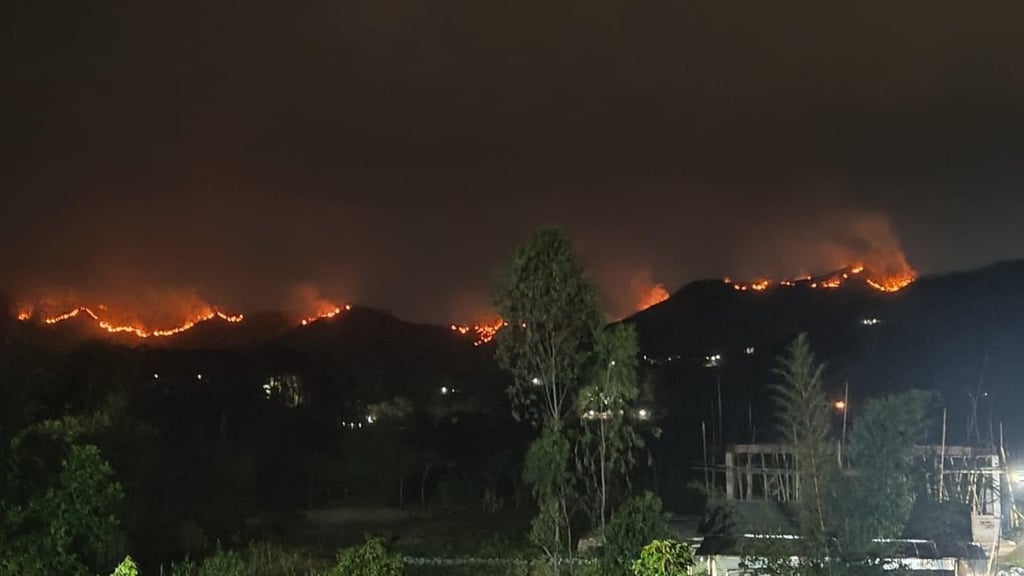

The Quiet Crucible of Leadership
In such a crucible, leadership is not a luxury but a lifeline. From 2017 to 2025, Chief Minister N. Biren Singh quietly occupied this role. Not as a loud defender of faith, but as a steward of cultural continuity. His administration’s policies—particularly the War on Drugs—went beyond law enforcement. By reclaiming poppy fields, mostly in the hill districts, his government aimed to reclaim social health and economic dignity. These actions, though controversial, underscored a resolve to hold together the cultural threads that bind the state.
Singh’s engagement with religious institutions—serving as president of the Lainingthou Sanamahi Temple Board—was symbolic and practical. He positioned indigenous Meitei spiritual practices within the state’s governance, affirming a vision of cultural preservation rooted in action rather than rhetoric.
Even during the turbulent months of ethnic violence, Singh’s continued presence—amid calls for his resignation—was telling. His support within the valley remained firm, and the episode of torn resignation letters reflected more than political drama; it revealed a people’s desperation for continuity amid chaos.
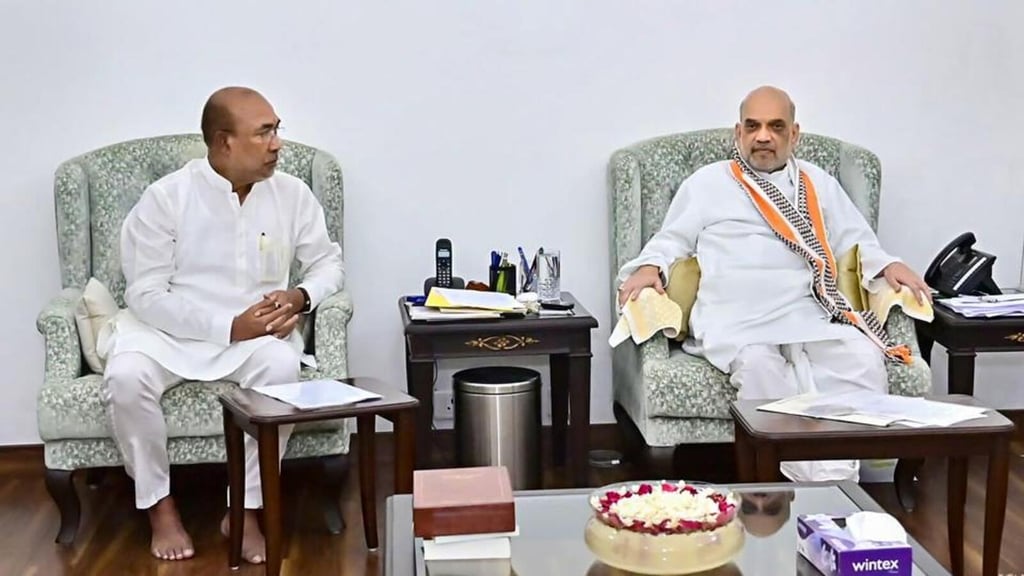

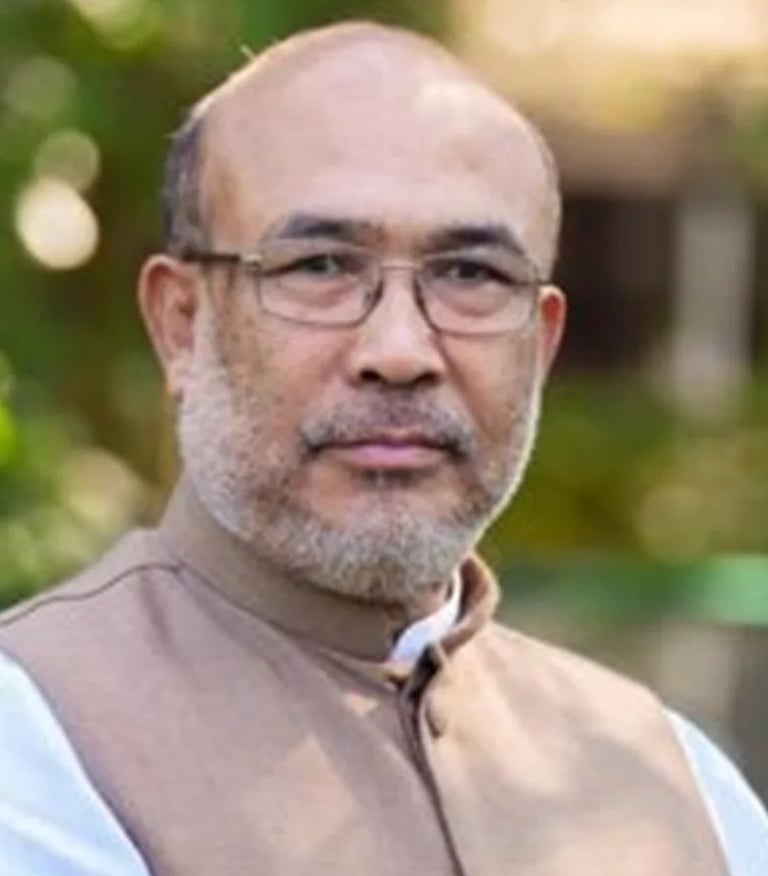

Leadership Beyond Personality
Now, under President’s Rule since February 2025, the question of leadership looms large. There are no easy successors with the same grassroots connection, cultural investment, or administrative experience as Singh. His absence has not silenced calls for strong governance; it has sharpened the realization that in fragile terrains like Manipur, leadership is less about dominance and more about stewardship.
The preservation of Manipur’s Hindu identity requires not proclamations, but quiet resolve—of the sort Singh embodied. Whether he returns or a like-minded heir steps forward, what is essential is not the man, but the mantle: a vision that sees the Meitei tradition not in isolation, but as the heart that must continue to beat for the body to live.
The Way Forward
Manipur must choose a path of unity without erasure, firmness without oppression. Restoration of trust among communities is vital. But so too is the strengthening of cultural institutions—temples, festivals, and educational initiatives that root identity in pride, not prejudice. Border vigilance and economic development must go hand in hand with spiritual renewal.
As political winds shift and the eyes of Delhi turn toward the hills and valleys of this ancient land, one truth remains: a leadership that cherishes Manipur’s core—its culture, its community, its quiet dignity—is not just desirable; it is necessary.
Conclusion
Manipur’s endurance as a Hindu bastion is not inevitable—it is a delicate inheritance. N. Biren Singh’s years in office may one day be seen as the bridge between preservation and peril. As the state treads into an uncertain dawn, the question is not merely who will lead, but how. And in the answer lies the fate of one of India’s most enduring cultural frontiers.
